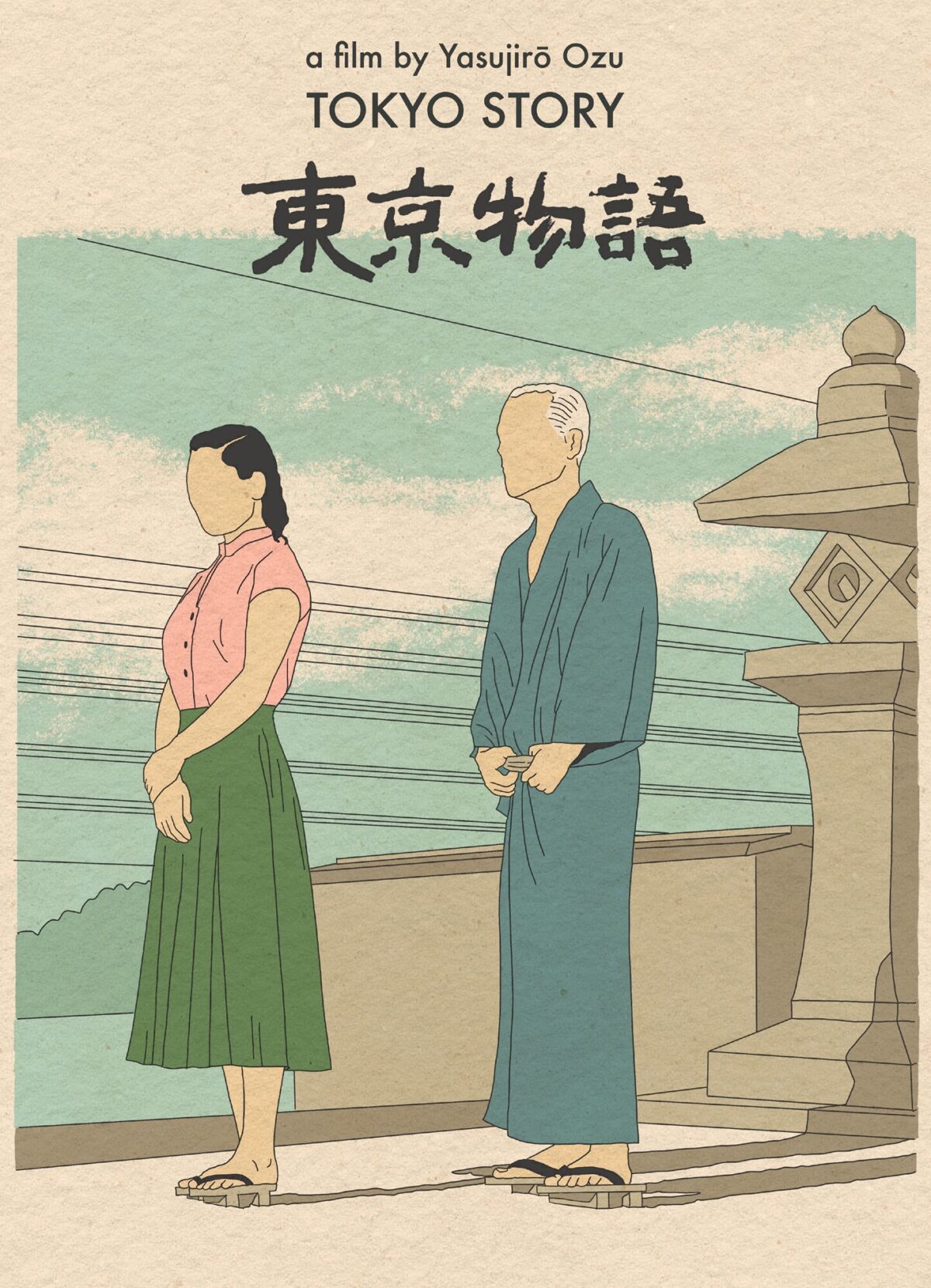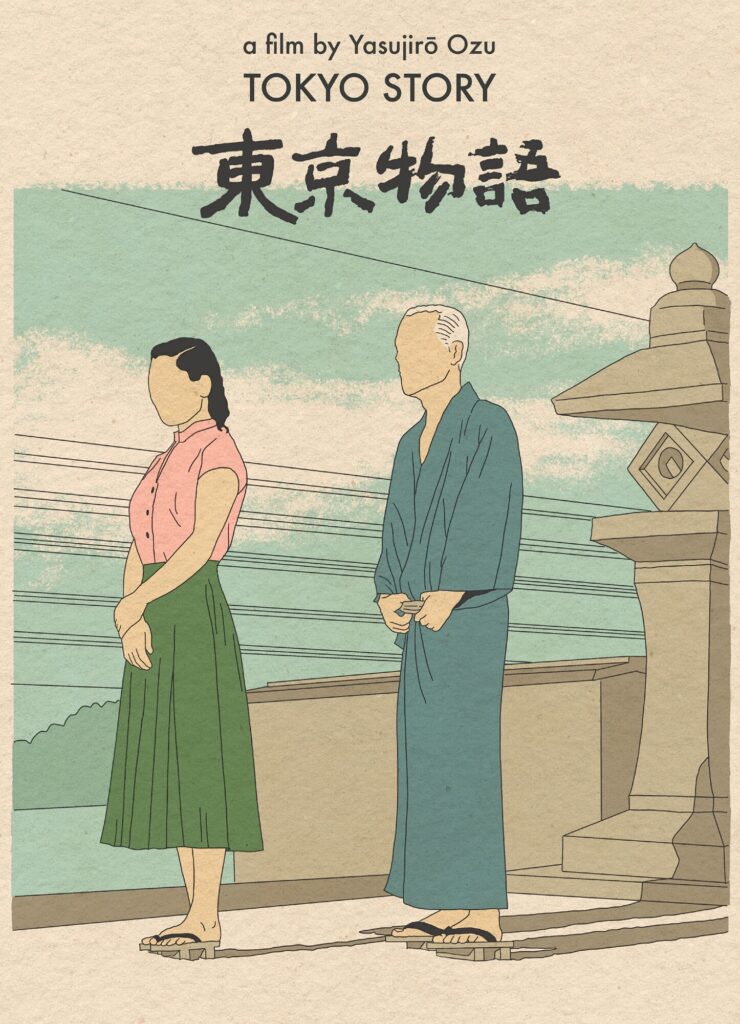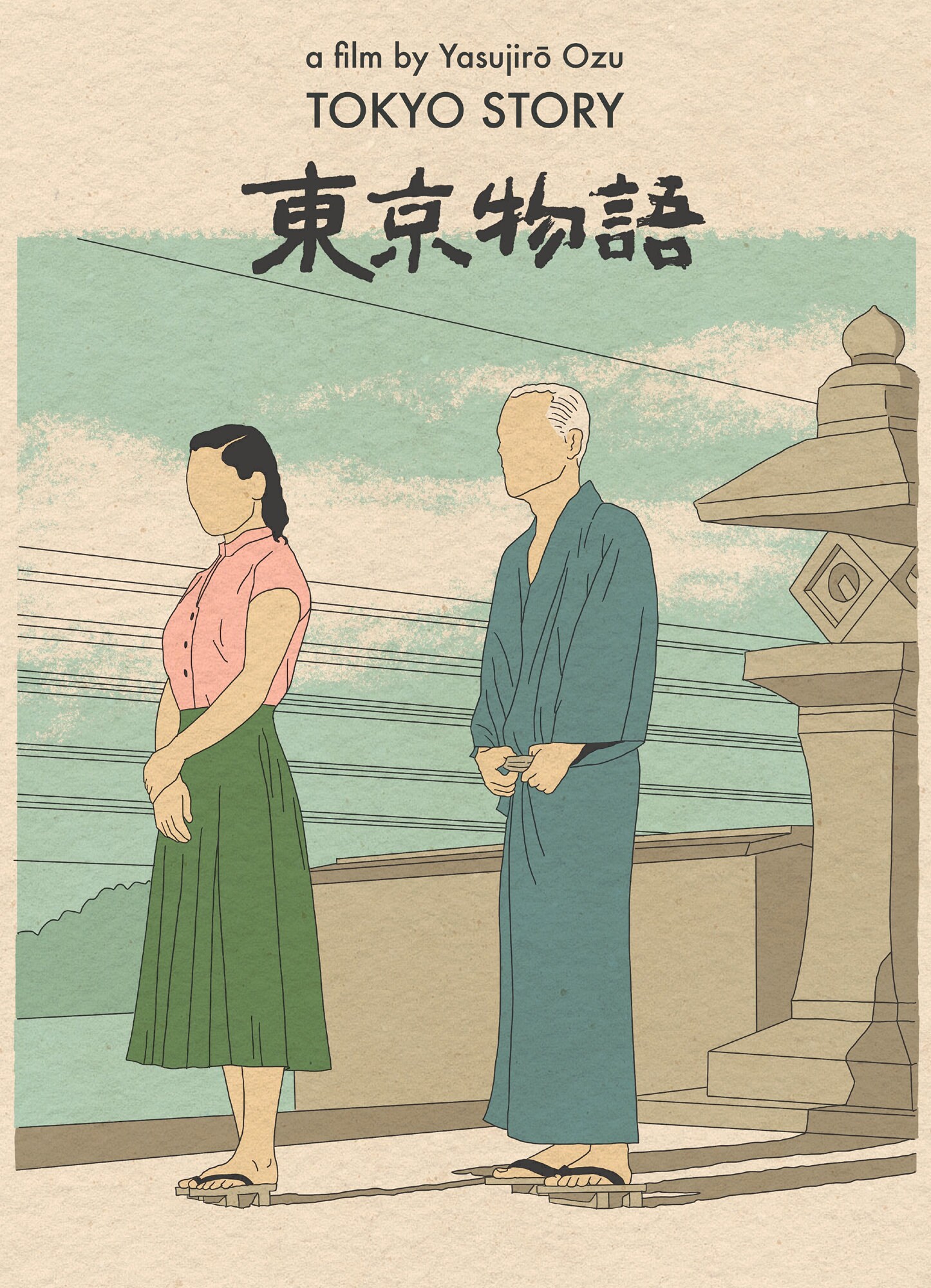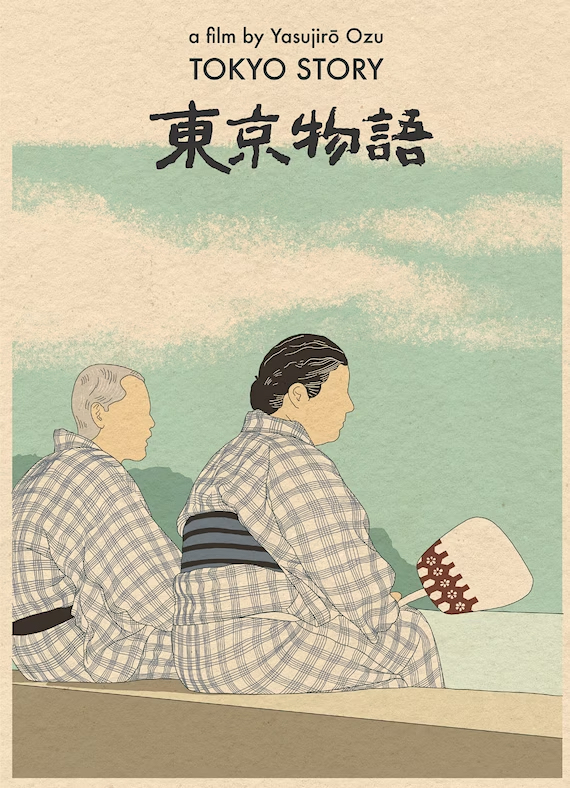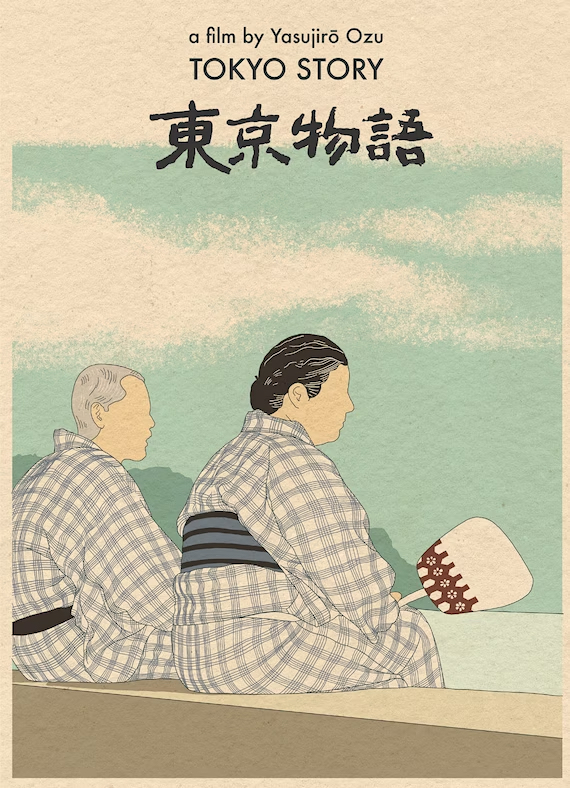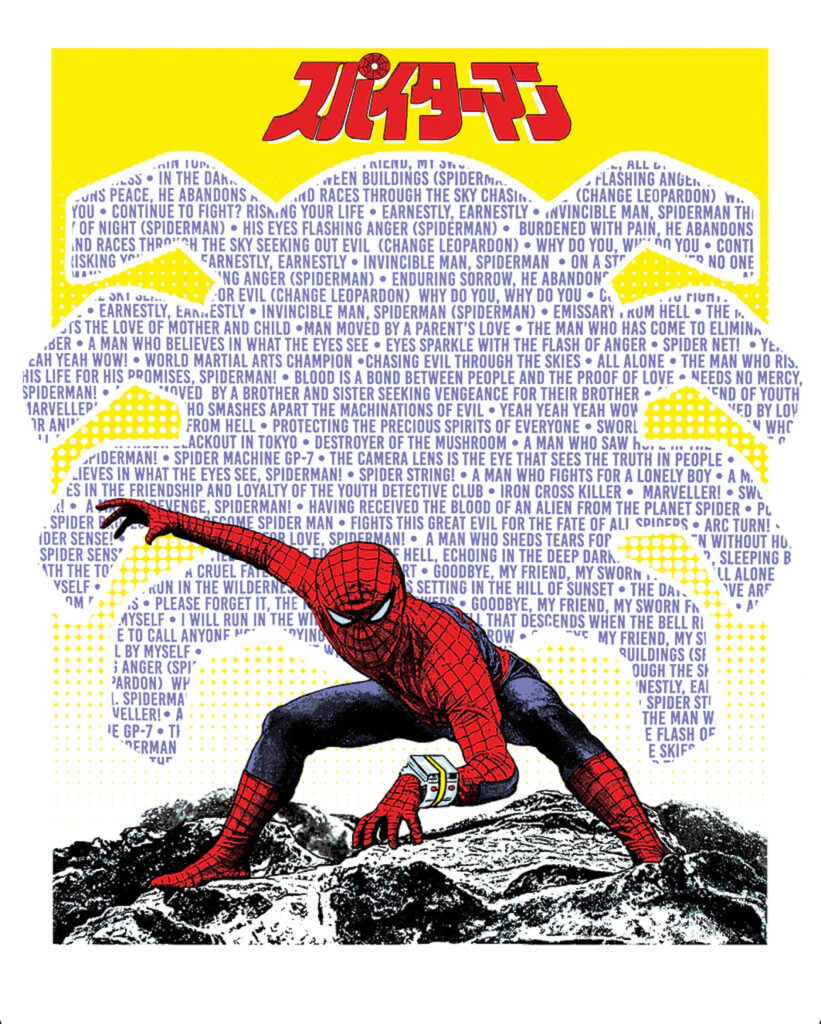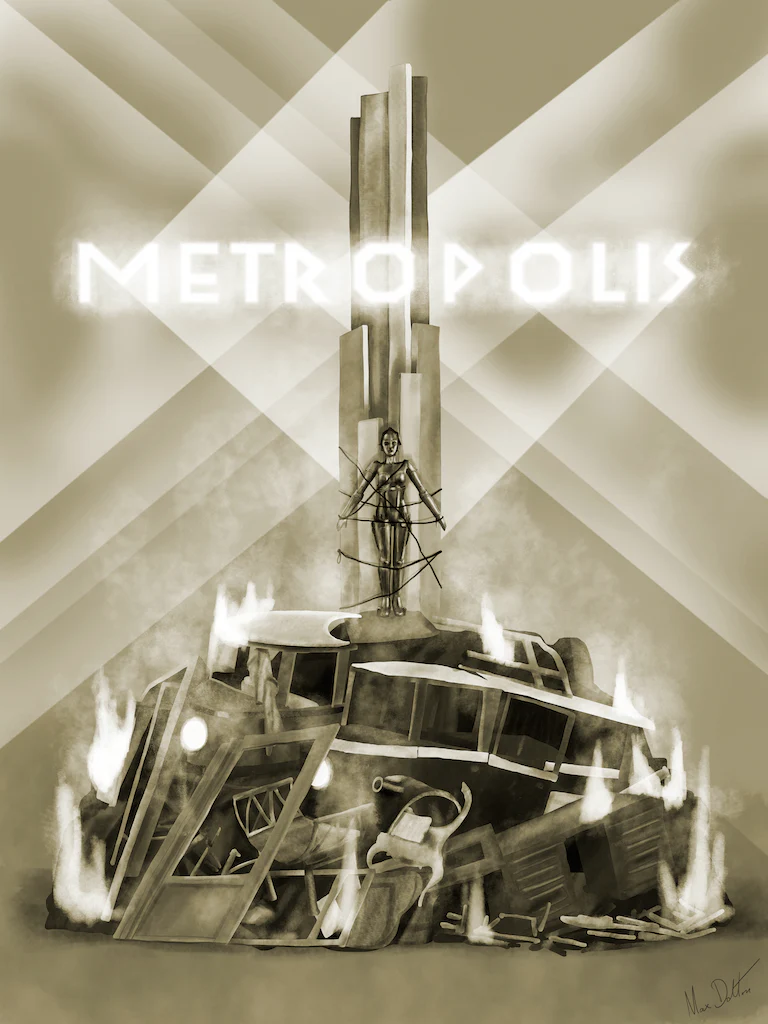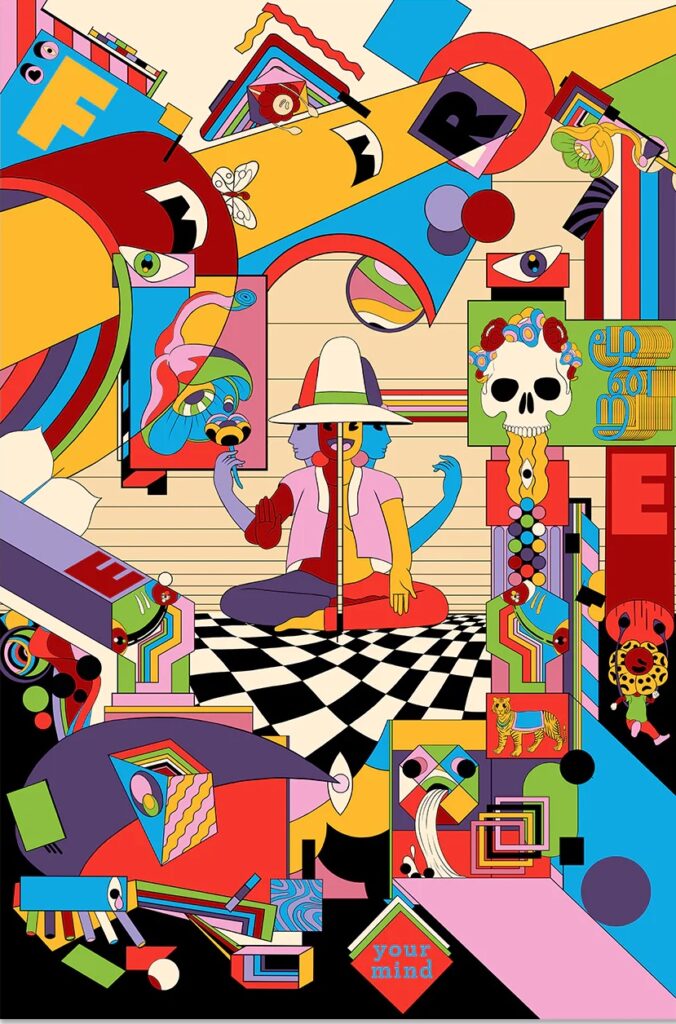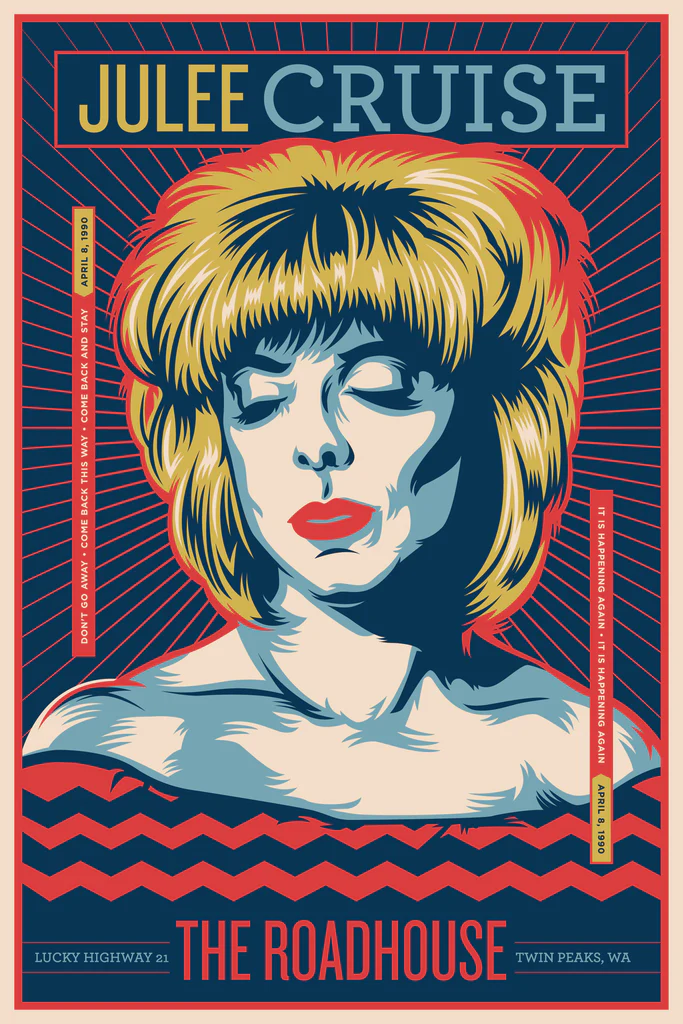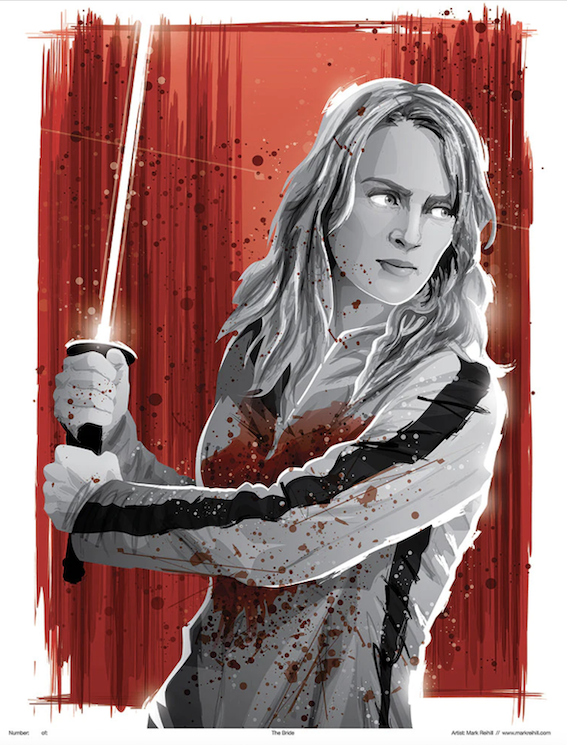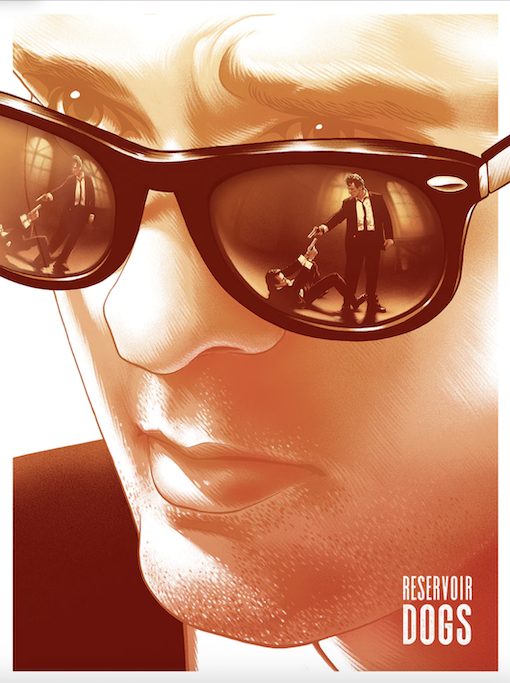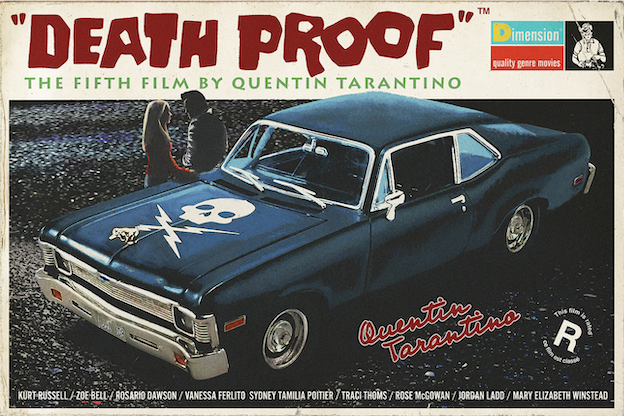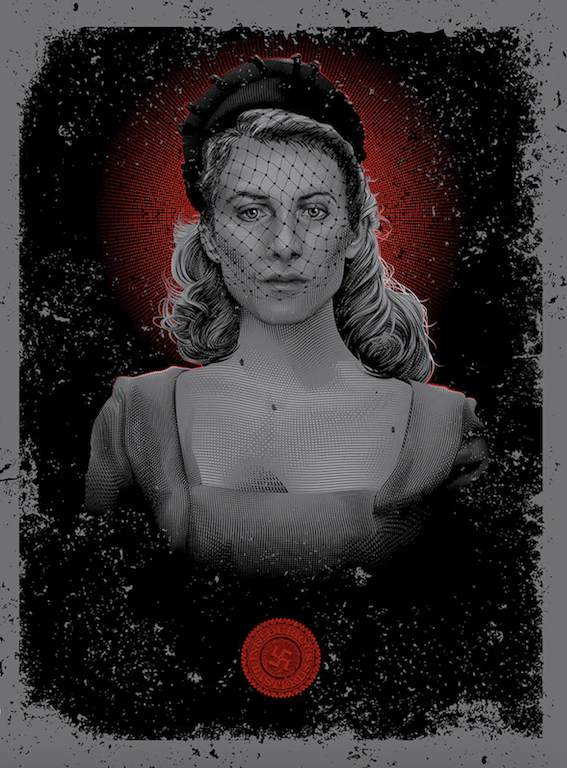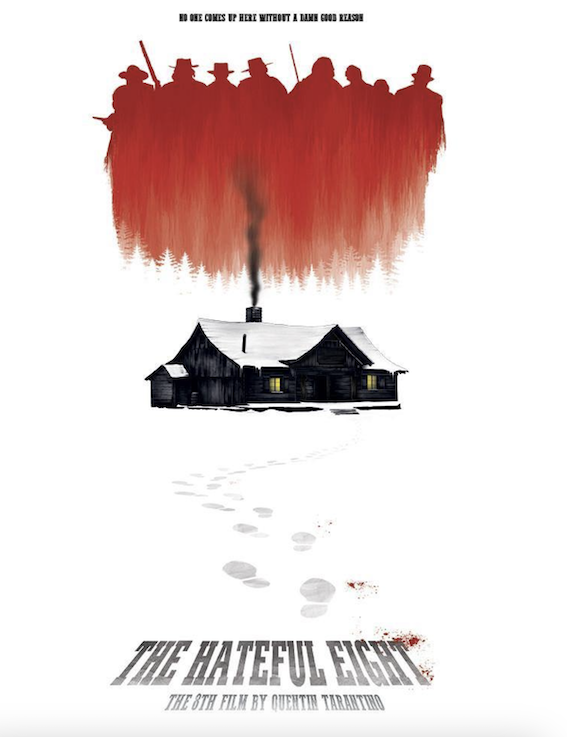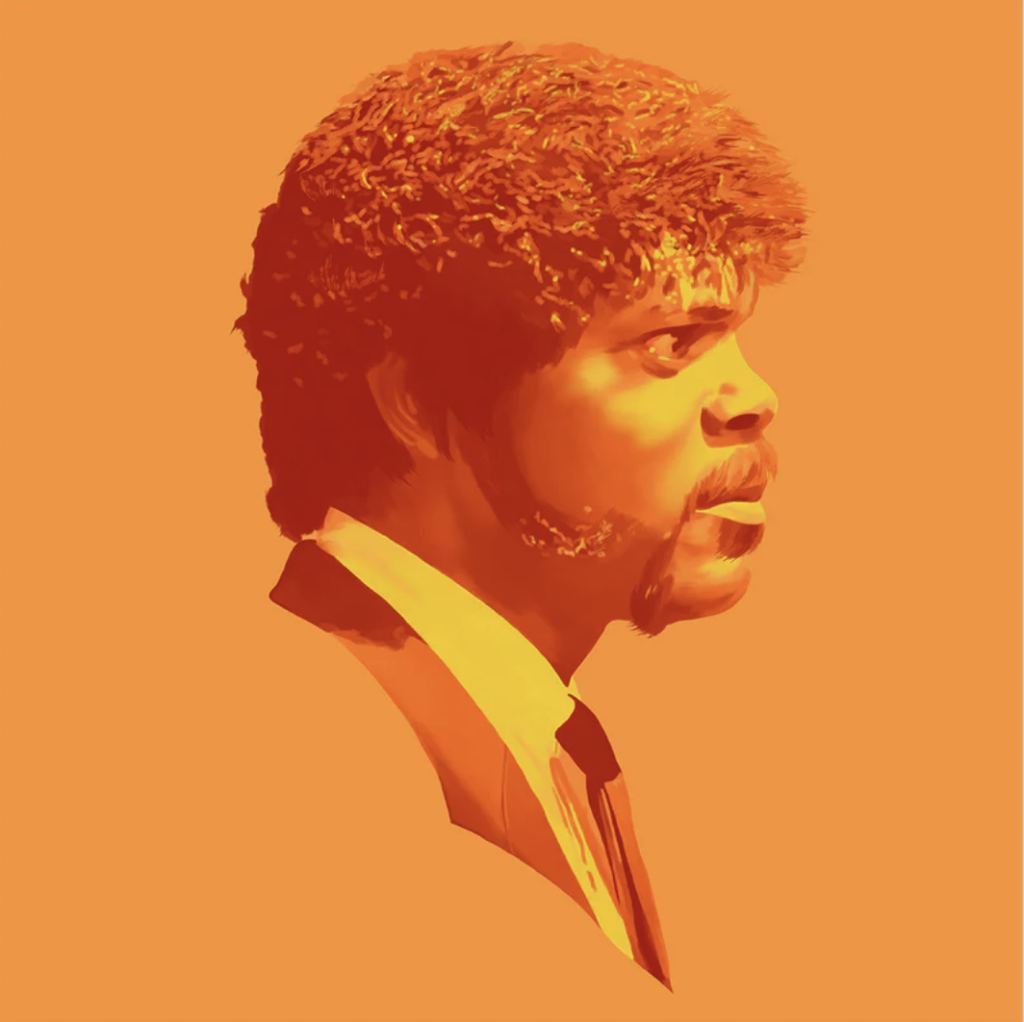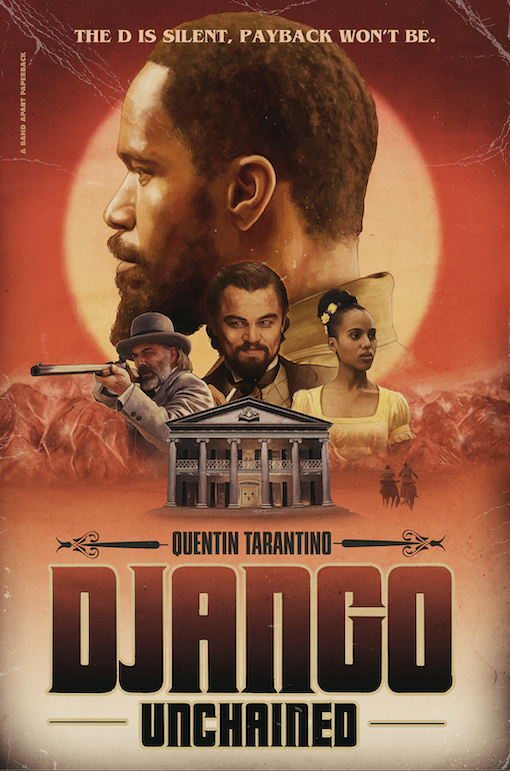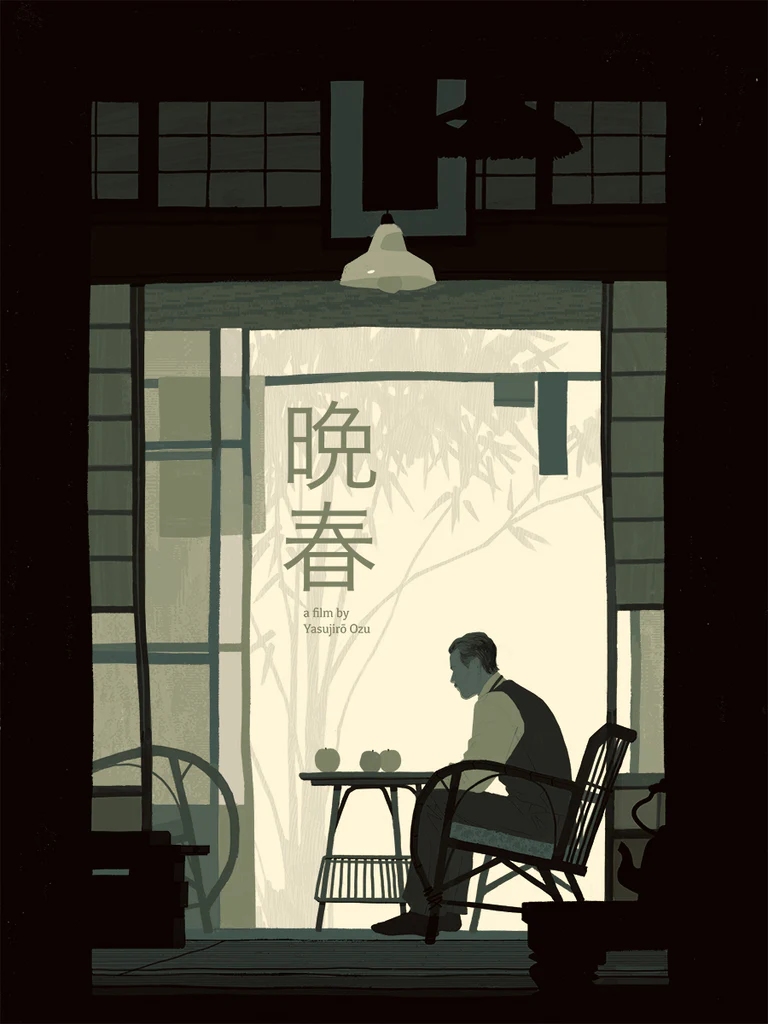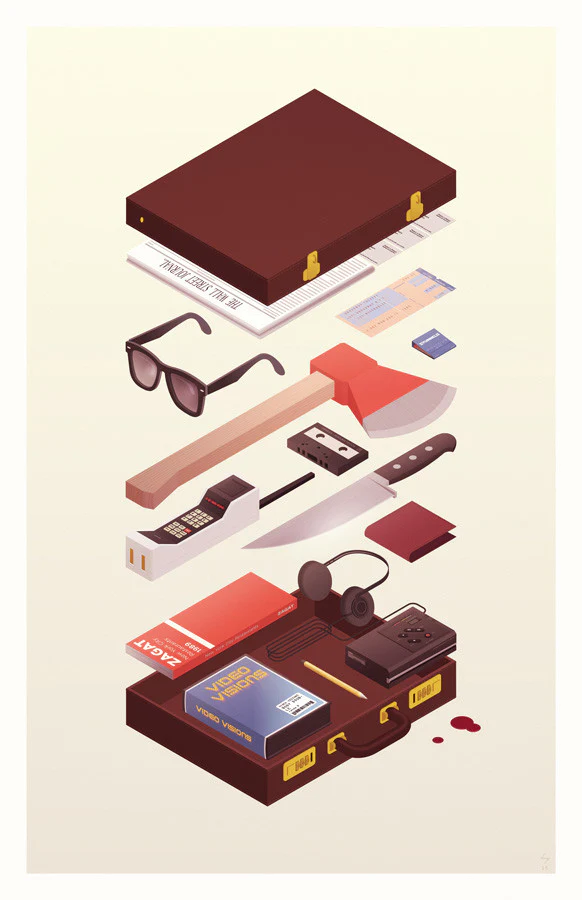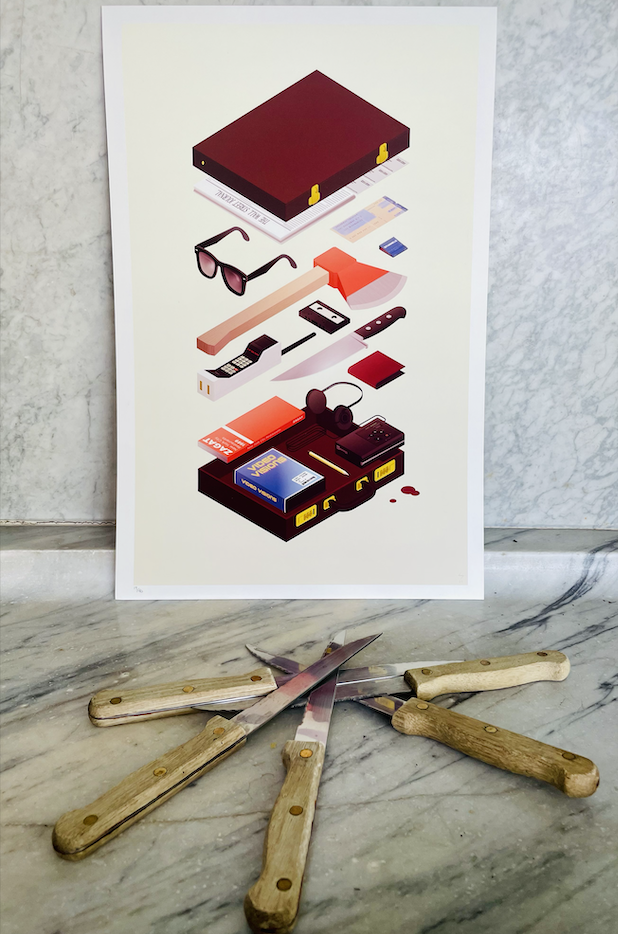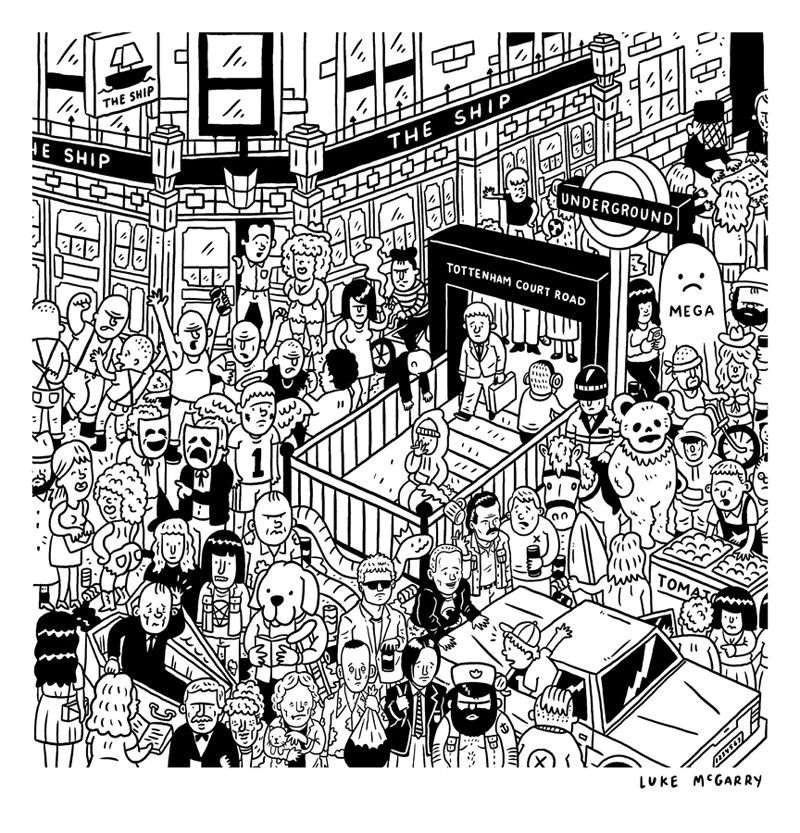To celebrate its first six months of life, Soggettiva Gallery retraces the steps of its path started with MONSTERS (Sacred) vs MONSTERS (And that’s it) – unprecedented dialogue between cult films and monstrous creatures like Godzilla and King Kong – and culminated in April, during the Milan Design Week, with Perspective: Artistic Movie Poster, which featured the architecture and geographies of the most visionary movies of the last decades.
In the middle, Unconventional Christmas, which focused on artworks that offer a new pespective on the movie we love the most, Christmas’ ones.
Then, Lynch Highway, where the red curtain opened on movie posters inspired by American grotesque’s master, David Lynch.
What about love? The Mood for Love displayed the greatest love stories of Cinema (the reference, obviously, is to the iconic film by Hong Kong director Wong Kar-wai.
Finally, Tarantino and friends – a dive into the great titles that have marked the career of the most Pulp director ever.
THE SIXTH SENSE OF SOGGETTIVA kicks off with three sacred monsters of cinema: the artist Adam Maida made a psychedelic reinterpretation of Stalker by Andrej Tarkovskij, while Adam Juresko tributes Federico Fellini’s La Dolce Vita and David Cronenberg’s The Fly.
Actual monsters will be celebrated with the reinterpretation of the terrifying Godzilla by Francesco Casolari.
There could not be a less conventional Christmas than the one celebrated in May: Simone Macciocchi pays homage to Nightmare Before Christmas by Tim Burton with a series of unique artworks.
Bartosz Kosowski and Przemek Debowski, two artists of the Polish school, drew inspiration from David Lynch’s timeless films offering their original vision of Lost Highway and Dune, while Adam Juresko confronted himself with the iconic Twin Peaks.
The works of Silvia Cocomazzi come directly from the Milan School of Comics: they all concentrate on the extraordinary films by Wong Kar-wai, in particular In the Mood for Love.
There will be the Alternative Movie Posters related to the most recent exhibitions as well: the entire cinematic universe of Quentin Tarantino is summarized in the work that Ape Meets Girl reserves to Pulp Fiction, while Uma Thurman, in the role of The Bride in Kill Bill, inspired the evocative poster by Mark Reihill.
Finally, on display, the most famous architectures appeared in the history of cinema, two of which in New York: The Royal Tenenbaum’s reassuring house, re-designed by George Townley, and the definitely more disturbing Rosemary’s Baby’s building, re-imagined by Max Dalton.

